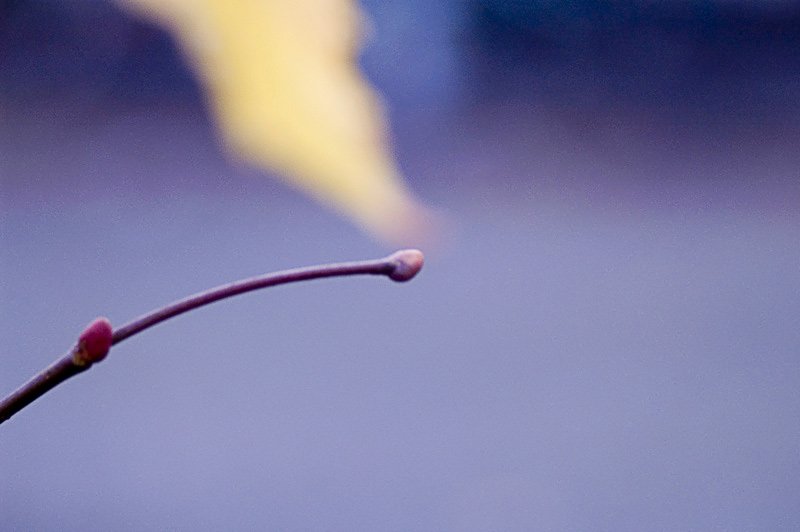Some strands of anti-globalisation, especially cultural globalisation, like to think of American popular culture as a rampaging juggernaut greedily gobbling up local cultures in its quest for worldwide hegemony. This reading makes out American pop culture to be monolithic. And especially in these times of militant protests against the ‘McDonaldisation’ of the world – think of the anti-WTO protests in Seattle in 1999 or French farmer Jose Bove’s vandalism of American food outlets – a greater understanding of the monster called American culture is needed.
John Leland’s book ‘Hip: The History’ is a must read for supporters and opponents of American pop culture. The book traces the evolution of American culture right from the arrival of the first white settlers and African slaves in the early 17th century to the late 20th century. Leland’s central argument is that it was the fertile and dynamic socio-political set-up of the new world that enabled the culture of the African slaves to interact with the culture of the white slave owners to produce a unique culture, neither fully African or European. This is the beginning of American popular culture. Leland even gives a name to this cultural mongrel: Hip.
The author calls the minstrel shows and the blues music of the 19th century the ‘two roots of hip,’ and says that all other forms of pop culture were improvisations of these. The ‘Blackface Minstrel Shows’ were a parody of black culture in crude, stereotypical ways. These shows were enacted by whites dressed as blacks and were a way of letting whites participate in a world they at once abhorred and found fascinating. It also set the stage for a recurring theme in the history of American culture, that of blacks inventing a form of expression outside the mainstream, which would be appropriated by whites and then gained popular appeal as something that was ‘cool’ or ‘hip’. The Blues began as a form of expression by Black-Americans in response to the hardships they faced. At this stage it was scorned as the ‘devils music.’ When whites got interested in the blues, it began its upward movement towards mainstream respectability. Think of Elvis Presley shaking his pelvis to ‘Jailhouse Rock’ in front of thousands of screaming fans or Eminem, one of the most popular rappers. The phrase, ‘the white man who stole the blues’ sums it up.
But can the vastly diverse forms of American pop culture be reduced to being described by a single three-letter word called hip? The author defines hip as something that is invented by a small group of people as a form of counter culture that, as more and more people adopt it, gets diluted as it radiates outwards. By the time it has achieved mass appeal, the original group has invented a new form of expression. This is broadly the story of pop culture in America. I don’t think that the term hip captures all the contours of American pop culture.
In the nineteenth century writers like Walt Whitman, Ralph Waldo Emerson, Herman Melville and Henry David Thoreau sought to break with conformism. Their writing celebrated the individual spirit and rejected materialism. Thoreau in fact rejected society and lived in the woods for two years, which forms the content of his book ‘Walden Pond’. The inheritors of this intellectual legacy in the twentieth century were the ‘beats’. They also rejected white collar and suburban family life, the two strands of American consumer culture. Jack Kerouac, one of the more famous beatniks, laid out the philosophy in his book ‘On The Road.’
The basic premise of the book is that the core of American pop culture is a result of the intermixing of black and white cultures and each would be incomplete without the other. But in some passages of the book it seems as if the author glosses over black contributions and emphasizes the role of the white. At times the author sounds a little condescending towards Afro-Americans. And what would the writing style of a book whose subject is hip be? You guessed it, hip. The language is hyperbolic at places. Maybe it’s just an American style of writing. But some of the idioms and phrases would be unfamiliar to Indians.
On the whole this book is highly entertaining, especially to readers who have spent countless hours listening to the blues or jazz or any other form of American pop culture. And for people unfamiliar with these, the book offers a glimpse into the forces that shaped American pop culture and gave Americans a sense of identity.







